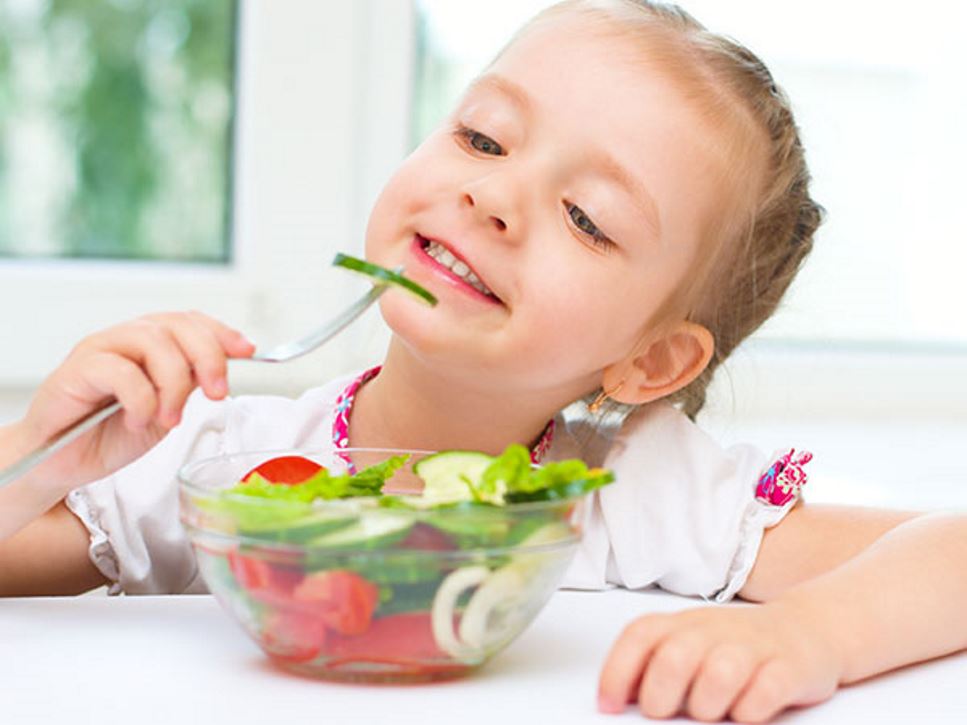There's a reason you hear so much about eating dark leafy greens. Vegetables such as kale, chard, collard greens, arugula and spinach are bursting with nourishing health benefits. However, many kids turn up their noses and are reluctant to eat them.
Discover how to prepare these nutritional superstars in ways that are healthy and appetizing.
The Nutritional Benefits of Greens
The 2020-2025 Dietary Guidelines for Americans recommends adults and children eat a specific amount of dark green vegetables each week, with the amount depending on their calorie needs. Individuals who need 2,000 calories a day should aim for 1½ cups of leafy green vegetables each week.
Nutrient-dense dark leafy greens are jam-packed with healthy plant-based compounds, plus lots of vitamins and minerals with just 10 to 25 calories per half-cup serving. The family of dark green leafy vegetables delivers many nutrients, such as vitamin A, vitamin C, antioxidants, dietary fiber, folate, vitamin K, magnesium, calcium, iron and potassium.
I Bought Leafy Greens — Now What?
Fresh greens can be stored in the crisper drawer of the refrigerator for three to five days. While some bagged greens from the grocery store are already washed, not every variety has been cleaned. For example, leafy greens from a farmers market may have dirt and sand in the leaves. To clean your greens, rinse under clean, running water and pat dry with towels.
Another cleaning option is a salad spinner, which can quickly clean and dry greens. You also can blanch large batches of greens and store them in the freezer for future use. For quicker cooking, remove the tough stems by folding a stack of leaves in half lengthwise and running a sharp knife along the stem.
4 Tips for Kid-Friendly Leafy Greens
People often get intimidated by cooking and eating darker varieties of greens due to their intense flavors. Try these tips for enhancing the flavor of different varieties to make them more enticing:
- Overcome the bitterness of collard and mustard greens by braising them at a low temperature for an extended period of time, and seasoning them at the end of cooking. Remove the tough stems to reduce cooking time and avoid over-cooked greens.
- For kale, be sure to choose the right variety. Tougher curly kale is best for adding to soups or stews or for braising. Tender lacinato and baby kale are best in salads.
- Preserve nutrients by sautéing greens, rather than boiling. Sauté blanched greens with olive oil, onion and garlic to add flavor. Add chopped nuts for additional heart-healthy fats. Sprinkle lemon zest over the sautéed greens to brighten the flavor. Do not use lemon juice as it will turn the leaves brown.
- Make a salad with tender greens such as spinach or baby kale. To expose kids to dark greens, try tossing together a salad made half with familiar lettuce and half with a dark green one. Add a citrus-based dressing, which will help balance the strong flavor of the greens and aid in the absorption of iron found in the greens.
References
Find a Nutrition Expert
Looking for credible nutrition information and recommendations? The Academy of Nutrition and Dietetics' network of credentialed food and nutrition practitioners are ready to help!


